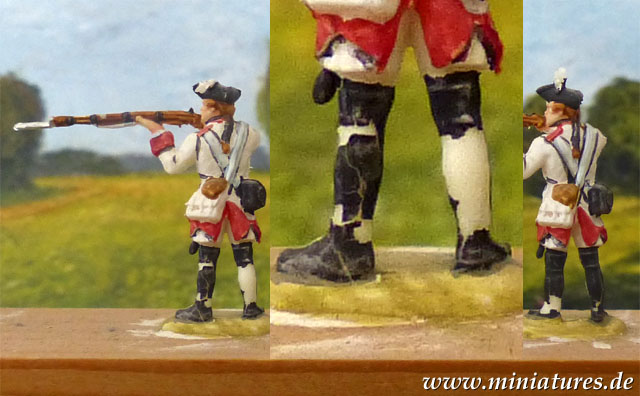Enamel Paints and Soft Plastic Miniatures?
Caution: paints and wood stains sold in the European Union before 01 March 2022, may contain Methylethyl Ketone Oxime – MEKO, which has been classified as a Carcinogen of Category 1B.

Most enamel paints are oil- or turpentine-based alkyd resin paints, which may be diluted with organic solvents, like alcohols, aliphatics, aromatics, ketones, white spirit etc., and various combinations thereof. Apart from their toxicity, there are a number of properties which make solvent-based paints unsuitable for painting soft plastic miniatures.
Hard and Brittle
Less flexible than water-based paint, solvent-based enamel paint dries to a hard surfaced finish, which becomes more brittle with age; it cracks and chips off if the painted surface is bent, or if it contracts and expands due to temperature changes. S. Paint Chipping off Miniatures?.
Fading
Exposed to ultraviolet light, solvent-based enamel paint becomes chalky and fades more quickly than water-based paint.
Yellowing
In the absence of ultraviolet light, solvent-based enamel paint is prone to yellowing.
Brittling of Plastic Miniatures
Aromatics in solvent-based enamel paints and paint strippers remove plasticizers from plastics, making them brittle. S. Plastic Corrosion of Collectible Miniatures.